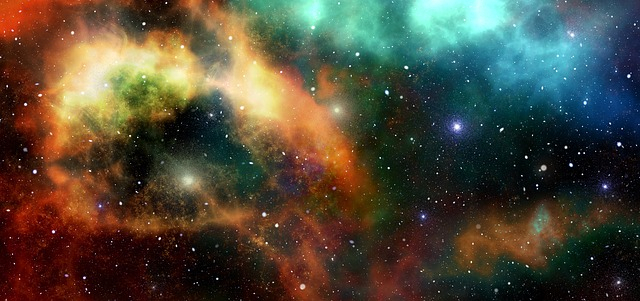
A new study led by Jamie Rankin, an astronomer at Princeton University in New Jersey, has found that the pressure at the edge of the solar system is very high, and it was found to be greater than previously expected.
During the research, scientists who took part in this study analyzed galactic cosmic rays, a type of highly energetic particle to calculate the total pressure exerted by particles at the outer region of the solar system, also known as the heliosheath. Scientists completed this study using the data provided by NASA's Voyager spacecraft.
"In adding up the pieces known from previous studies, we found our new value is still larger than what's been measured so far. It says that there are some other parts to the pressure that aren't being considered right now that could contribute," said Jamie Rankin, Science Daily reports.
In space ions and electrons create pressure and these particles that get heated up by the sun create a giant balloon known as the heliosphere. This giant balloon gets extended past Pluto and reaches the edge of the solar system.
Scientists believe that studying the pressure and sound speed in this region could help to know more about the way in which the sun influences the interstellar space. Apart from unveiling the mysteries surrounding the solar system, more studies in this area could also help to understand more crucial details about the dynamics around other stars and planetary systems.
In the meantime, speculations regarding Planet Nine, a giant rogue body lurking at the edge of the solar system is emerging as a debating point among space scientists. Several space experts believe that the weird behavior of objects in the Kuiper belt could be the result of the gravitational force exerted by this giant planet.
However, a recent report suggests that Planet Nine that is supposedly lurking the edge of the solar system may not be a planet at all, but could be most probably a primordial black hole.









